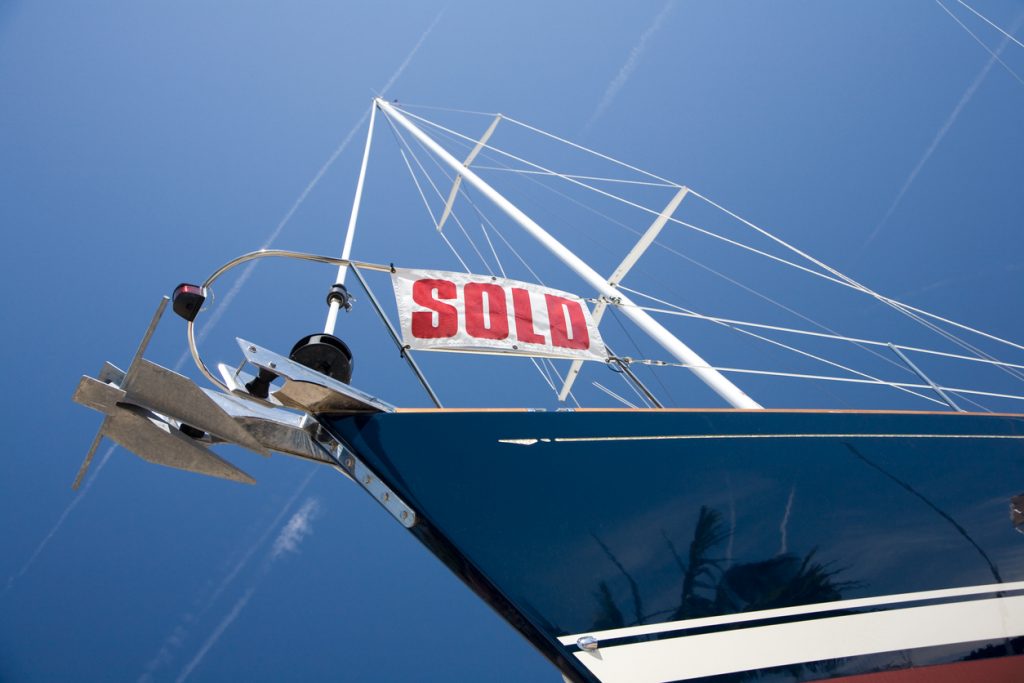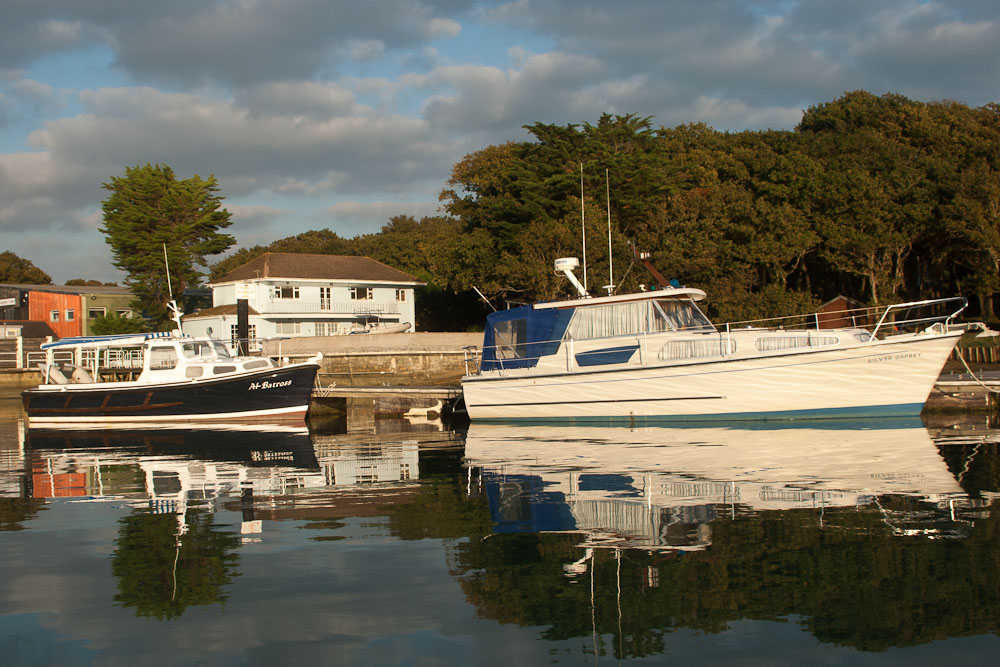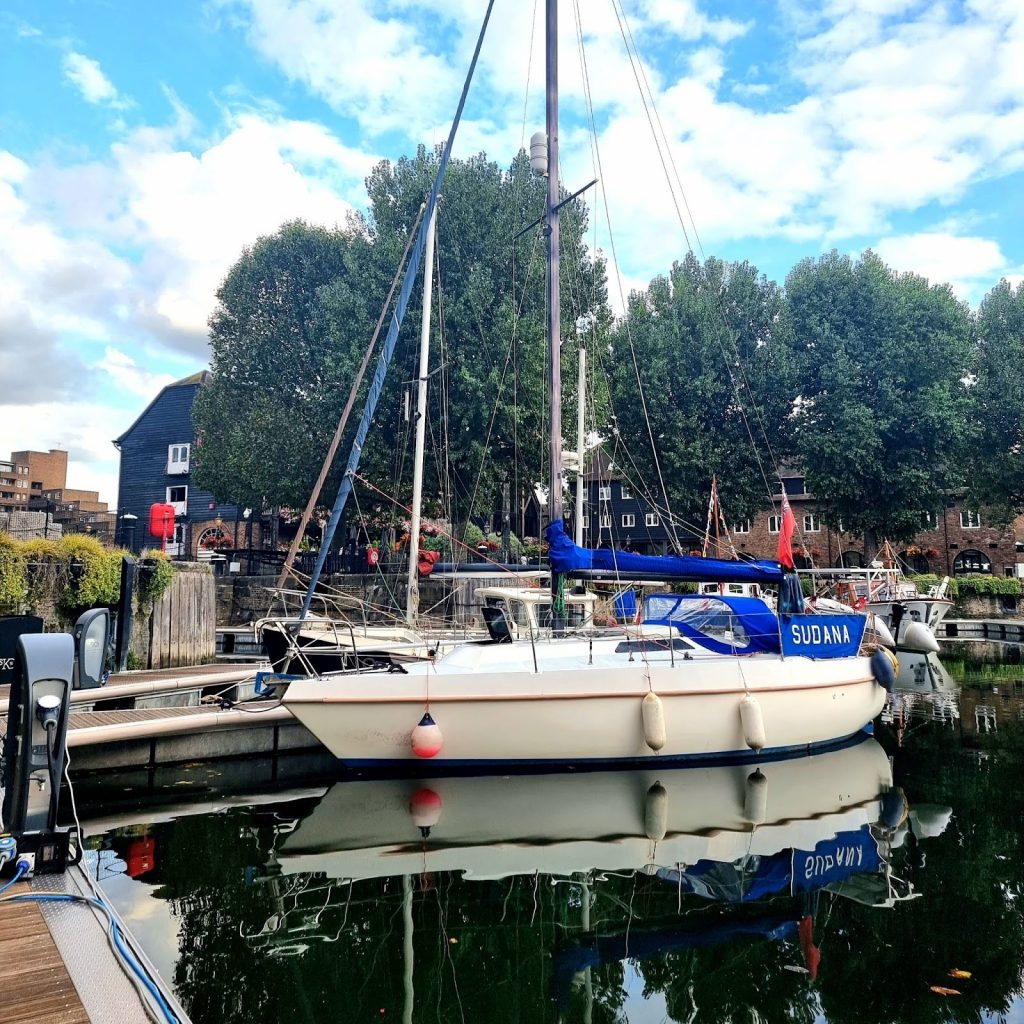The UK inland waterways network is intoxicating, bringing together some of our most precious industrial history with rarely glimpsed rural idylls and bustling urban centres. And the sight of a narrowboat, with its traditionally painted decorations, will surely attract attention.

A traditionally-painted narrowboat enjoys an idyllic mooring – a huge network of canals is its playground.
UK rivers are covered in canal boats of every kind, from butties to tugs, canoes, barges, and plastic GRP cruisers – and are also lined with a great range of preserved relics, revitalised services, and authentic old pubs that grew up along these arterial routes. It is a beautiful place to live, travel, or work. Yet the traditional narrowboat remains the most iconic and fondly regarded craft on these inland waterways.
What is a narrowboat?
First up, let’s dispense with the misnomers. A narrowboat is not a longboat (a craft the Vikings built to slaughter your ancestors); it is not a barge (a big, beamy cargo-carrying tub); and it is not a houseboat (a lump of floating, residential real estate, often with no capacity to operate under its own steam). It is also not technically correct to ask what is a canal boat versus a narrowboat.
It is in fact a long, narrow, flat-bottomed, inland vessel, usually built from steel and designed to carry heavy loads in shallow waters at low speeds with great efficiency. Once upon a time, the iconic narrowboat was used to ferry bulky items from mines to metal foundries and industrial centres but today, it has become a rapidly expanding sector of the marine leisure market.
Narrowboat size and shape
As its name suggests, one of the key characteristics to bear in mind is how wide is a narrowboat. The standard beam of a narrowboat is usually around 6ft 10ins, but it is never more than seven feet.
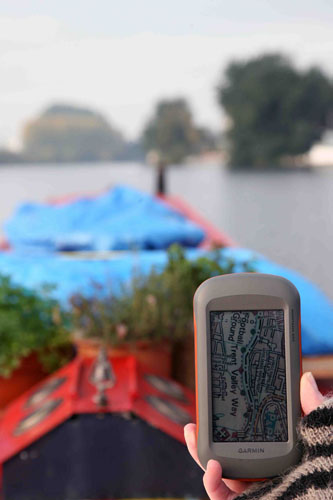
Canal boats come in all shapes and sizes, but a narrowboat’s modest beam of around 6ft 10in (just over two metres) will enable you to explore the entire UK inland waterways network.
This is because a craft of greater width would be unable to fit through the network’s narrower locks and bridges. Certainly, there are plenty of recreational wide-beam “narrowboat-style” craft around (which tend to be about ten feet wide), but while this extra internal space can be useful for liveaboard owners, their frumpish aesthetics and limited cruising ability render them flawed in the eyes of many.
For most then, a proper narrowboat is the way to go – and happily, the length is far less crucial than the width so if you want more internal space (as well as the ability to cruise unchecked), this is the way to get it.
Some claim that anything above 57-foot won’t allow you to navigate the entire UK waterways system, but the vast majority of the network was built with 70-footers in mind, so you will still be able to enjoy plenty of cruising, as well as more spacious and versatile living arrangements, with a larger craft.
Three types of stern
In addition to length and beam, the set-up of your stern and outdoor steering configuration is vital. There are three types to consider:
- The first is the Cruiser Stern. This uses a large aft deck for extended spells of sociable cruising, and while it reduces your internal space (and exposes your engine bay to a little rainwater), it means plenty of scope for sitting out and enjoying the view.
- The second type is the Semi-Traditional Stern. This uses a similarly open aft deck and throttle position but encloses it between extended bulkheads to generate more classical aesthetics.
- The third is the Traditional Stern. This offers a small external space with room for just two at the tiller so that driving can be a rather solitary pastime. However, it looks attractive, increases internal space and provides better shelter for your engine.
Ultimately, the decision will depend on which you value more: external socialising or internal accommodation. For more, see our guide to buying a narrowboat.
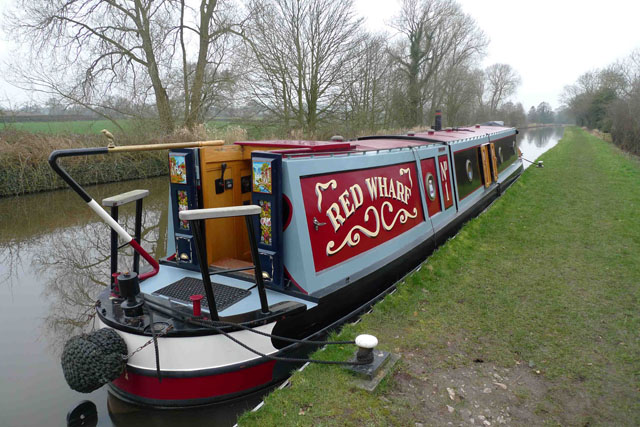
When it comes to choosing a narrowboat, the length, width and stern shape are dictated by your intended usage – this boat has a traditional stern
Internal niceties
If you’re buying new, you can build a boat that matches your needs – but if you’re buying used, then once you’ve found the right size, age, style, configuration and price, it’s time to take a look on board. Don’t be frightened by the cloying assault of crockery, brass and lacework. These are par for the course on a used narrowboat. Look instead for a permanent double bed, plus as many convertible berths as you will need.
If you intend to cruise, you should also look for a dedicated galley with a propane (or diesel) cooker to help reduce your dependency on shore power – and while you’re in the galley, make sure there are plenty of work surfaces and storage spaces. The saloon will come either with free-standing furniture or built-in units, but for most, the latter is preferable, as it generates extra storage from limited space and helps divide the area into more distinct sections, such as a dining area, lounging zone, breakfast bar and mini-office.
In all cases, however, we tend to want proper homely luxuries on a narrowboat, so look for a modern pump-out loo with a large holding tank. Look also for a high-end electrical fit-out, with a large battery bank, a diesel generator and a combination of approaches to heating and hot water, which might include a woodburner, a calorifier, diesel heaters, electric radiators and a gas boiler (you can read more about boat heating choices here). Again, your favoured equipment can only be determined by your intended usage but if in doubt, a combination of several systems will help build flexibility into the way you can use your boat.
Crucial considerations when buying a narrowboat
If you’re spending anything from £10,000 to £100,000 on a narrowboat, you need to set aside money for tuition, insurance, safety equipment and a survey. The surveyor will help make sure the basic necessities (a sound hull and a valid Boat Safety Certificate) are present and correct, but what about a parking space?
Certainly, your annual CRT fees entitle you to a life of ‘Continuous Cruising’ (where you park by the towpath and move on every few days).
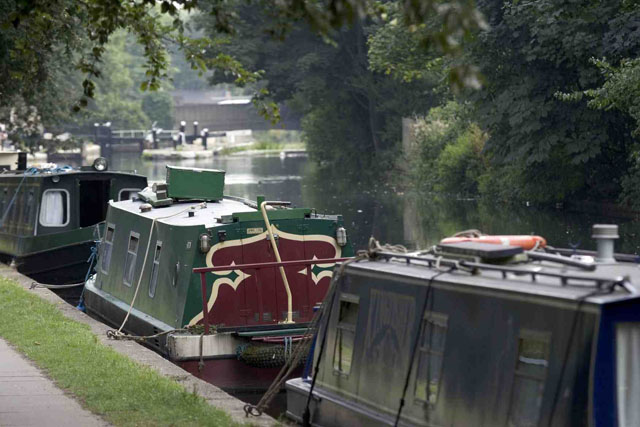
Unless you plan to be a continuous cruiser you’re going to need somewhere to park your narrowboat. Photo Ralph Hodgson.
But if you want a permanent base for your boat (and the convenience of things like water, electricity, sewerage, maintenance facilities and security), you either need to buy a craft that comes with a mooring; or find a berth that fits the bill and then drive your boat to its new location. If you choose the latter method, just make sure winter maintenance doesn’t render the journey impossible or you will either have to delay your plans or pay a four-figure sum for craning and relocation on the back of a lorry.
Check out our article on living on a boat for more information on mooring options, and search all canal and river cruiser boats for sale and narrowboats for sale in the UK on boats.com.
Whatever kind of narrowboat you decide upon, make sure you don’t rush into a purchase. There are always plenty of inland boats for sale in the UK, so arrange a few viewings, hire a couple of rental craft and work out exactly what you need. And remember to spend time researching the different financing options available.
In the meantime, you can learn more about narrowboats and the UK’s inland network, by visiting the CRT’s excellent website: www.canalrivertrust.org.uk. You can also check out our article on boat terminology for more definitions of barges, narrowboats and more.
Editor’s note: This article was originally published in 2014 and updated by Pippa Shaw in 2024.
